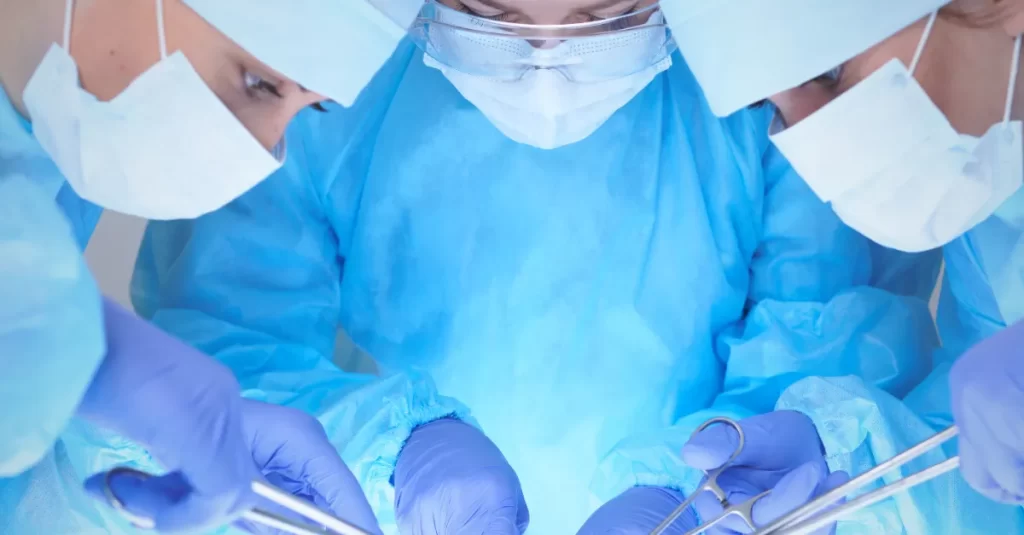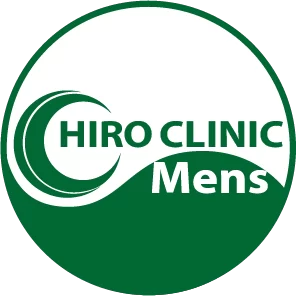この記事の概要
Hair transplant surgery has made great strides in recent years due to advances in technology. In particular, the introduction of robotic technology has dramatically improved the accuracy and efficiency of surgery and reduced the burden on the patient. This article details how robotic technology is used in hair transplant surgery, its effects and advantages.
Introduction of robotics technology
Robotic Hair Transplant System
The robotic hair transplant system is an advanced technology that combines artificial intelligence (AI) and robotics. Below are some examples of typical robotic hair transplant systems:
ARTAS Robot System
Overview: ARTAS is one of the most widely used robotic hair transplant systems, known for automating the harvesting and transplantation of hair follicles. The system uses AI to select the best hair follicles and transplant them in a precise location .
Features:
High precision: High precision is achieved by harvesting and transplanting hair follicles with micron-level accuracy.
Automation: Reduce manual errors and improve surgical efficiency.
Reduced burden on patients: Surgery time is shortened, reducing the burden on patients.
Robot Technology Process
Scan and Plan:
The robotic system scans the patient’s scalp and analyzes the density and angle of hair follicles.
AI will create the optimal hair follicle harvesting and transplantation plan.
Hair follicle harvesting:
The robotic arm moves with precision to harvest the selected hair follicles.
The hair follicles are harvested uniformly, minimizing damage to the donor site.
Hair follicle transplantation :
The harvested hair follicles are then transplanted precisely into the pre-planned location .
AI also controls the angle and depth of transplantation , ensuring a natural finish.
Effects and Benefits of Robotics
High precision and uniformity
Merit:
Robotic technology dramatically improves the precision of hair follicle harvesting and transplantation .
This results in more even placement of hair follicles, resulting in a more natural looking result.
Shorter surgery time
Merit:
Automation significantly reduces surgical time compared to manual procedures.
This reduces the physical burden on the patient and speeds up recovery.
Increased patient comfort
Merit:
The shorter the surgery, the less stress it causes for the patient.
Robotic technology also minimizes pain and discomfort during surgery.
Donor site protection
Merit:
The robotic system harvests hair follicles uniformly from the donor area without causing excessive damage.
The donor site heals quickly and leaves behind an unnoticeable scar.
Long-term effects
Merit:
High-precision transplantation increases the rate at which transplanted hair will take root, and long-term results can be expected.
This maintains a natural appearance and increases patient satisfaction.

Future outlook for robotics technology
Evolution and spread of technology
Outlook:
It is expected that robotics technology will continue to evolve in the future, with improvements in precision and efficiency.
As prices fall, robotic technology could be adopted by more clinics and become more widely available.
Realizing personalized medicine
Outlook:
The combination of AI and robotics technology makes it possible to create optimal treatment plans for each patient.
Advances in personalized medicine will lead to more effective and satisfying treatments.
Development of new treatments
Outlook:
Advances in robotic technology may lead to the development of new methods and techniques for hair transplant surgery.
This will provide an even greater variety of hair loss treatment options.
Summary
With the introduction of robotic technology, hair transplant surgery has made great strides in terms of precision, efficiency, and patient comfort. Robotic systems such as ARTAS enable highly accurate collection and transplantation of hair follicles , helping to reduce surgery time, protect the donor site, and improve long-term results. As robotic technology continues to evolve and become more widespread, hair transplant surgery will become an increasingly safe and effective treatment, making it an ideal choice for many patients.
Hiro Clinic Hair Transplant
Hiro Clinic recommends Natural Pro FUE treatment, which can be used on hairless areas where oral medication or injection therapy is ineffective, and leaves barely noticeable scars. Hair roots are harvested from the back of the head and partially shaved, making post-operative care easier, and only the required number of hairs are transplanted with a natural finish. It is a same-day procedure using local anesthesia, and provides gentle, gradual hair growth at an affordable price, making it a safe option in Japan.








